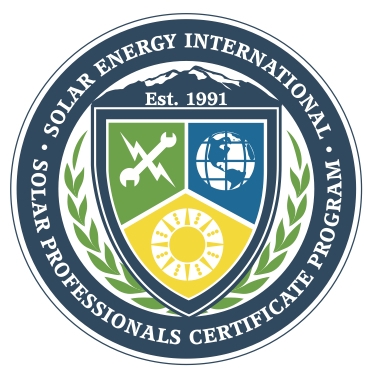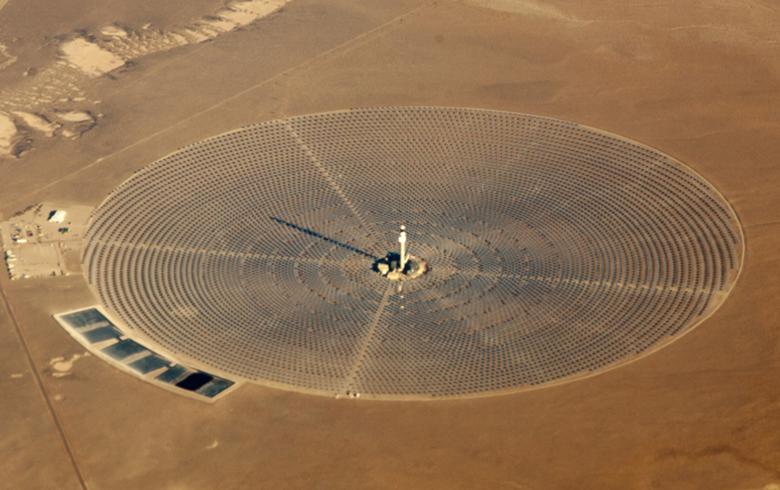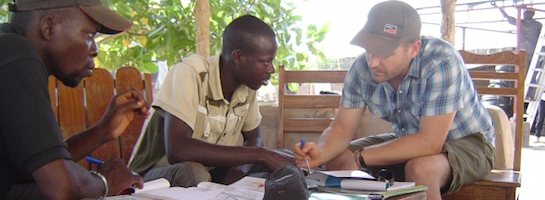MISO delivers $billions in benefits to region

For 2007 through 2011, Value Proposition studies revealed that the MISO region realized between $ 4.3 billion to $ 5.7 billion in cumulative savings.
The Midwest Independent Service Operator says its annual Value Proposition study shows it provided between $ 2.2 and $ 2.7 billion in quantitative benefits for the region in 2011. The regional transmission organization provides the benefits through its ongoing grid reliability and efficiency measures. “This study breaks down and analyzes hard data to show exactly how those savings occur,” says MISO CEO John Bear.
For instance, the study identifies $ 2.2 to $ 2.7 billion in economic benefits delivered to the region in 2011 from the following areas:
- Improved reliability ($ 320 to $ 479 million)
- Market commitment and dispatch ($ 426 to $ 470 million) through dispatch of energy, regulation, and spinning reserves
- Wind integration ($ 163 to $ 196 million)
- Compliance ($ 62 to $ 93 million)
- Generation investment deferral ($ 1.4 to $ 1.7 billion) through footprint diversity, generator availability improvement, and demand response.
New in the 2011 analysis is compliance as a quantitative benefit. In its role as a balancing authority and planning authority, MISO performs many compliance activities that would otherwise fall to its members to complete. These efforts alone save members between $ 62 million and $ 93 million per year.
In addition to quantitative benefits, MISO also continues to demonstrate significant qualitative benefits for its wholesale market participants including:
- Price and informational transparency
- Planning coordination
- Seams management
The complete 2011 Value Proposition study, including detailed calculation methods, is available here: www.misoenergy.org.


